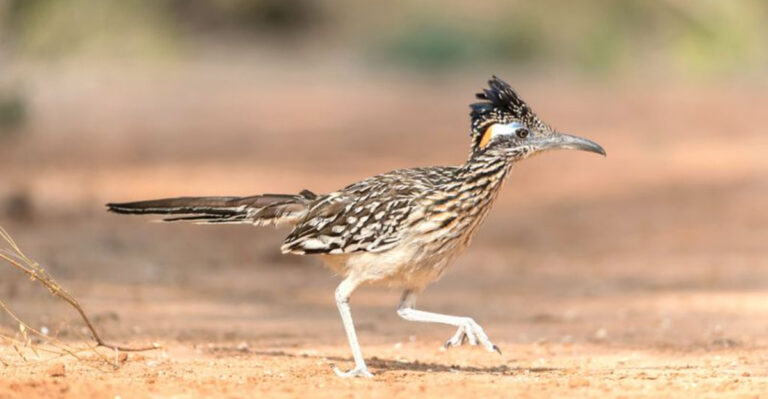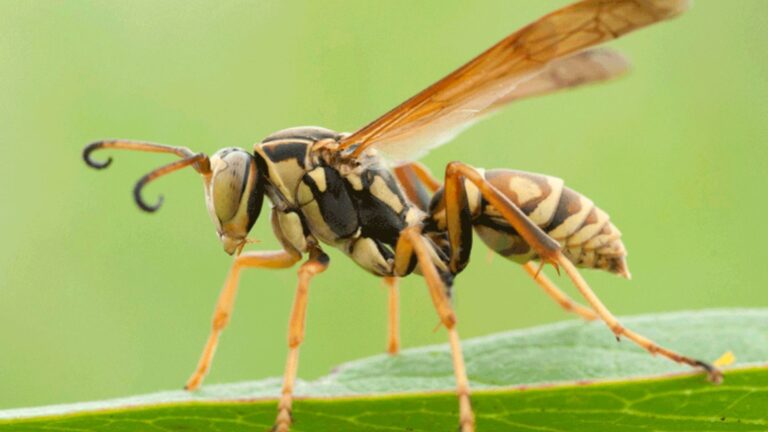The Misunderstood Lives Of Rattlesnakes
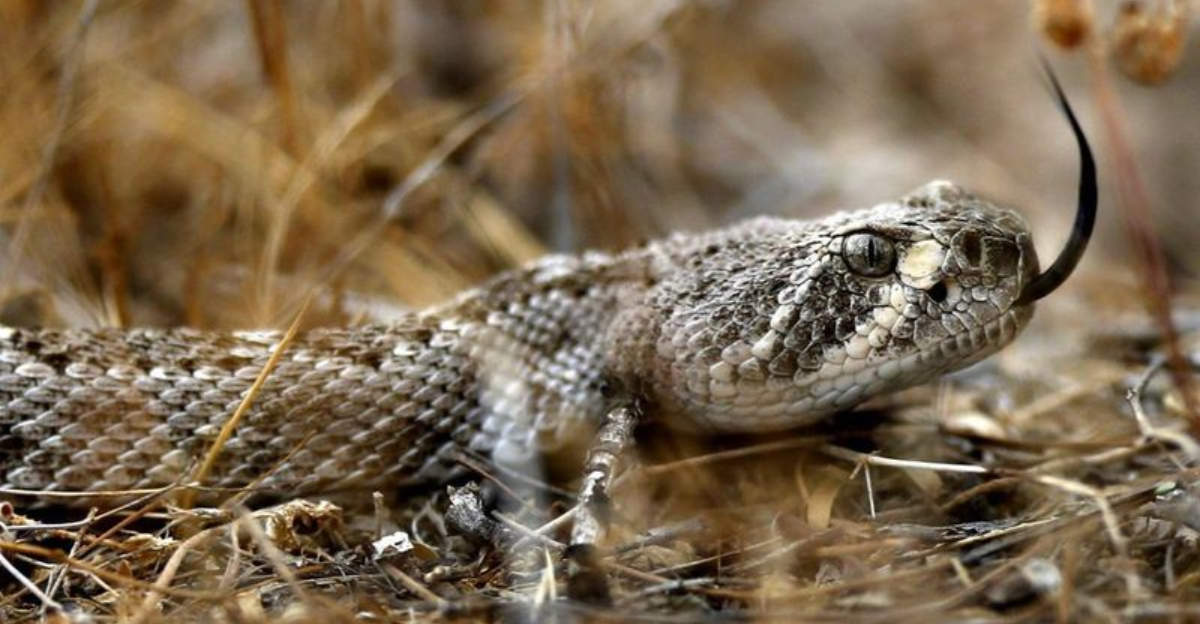
Rattlesnakes have earned a fearsome reputation that often overshadows their fascinating lives. These remarkable reptiles play crucial roles in their ecosystems and possess incredible adaptations for survival.
Far from being mindless killers, rattlesnakes display complex behaviors that help them navigate their world while mostly avoiding human contact.
1. They Don’t Want To Bite You
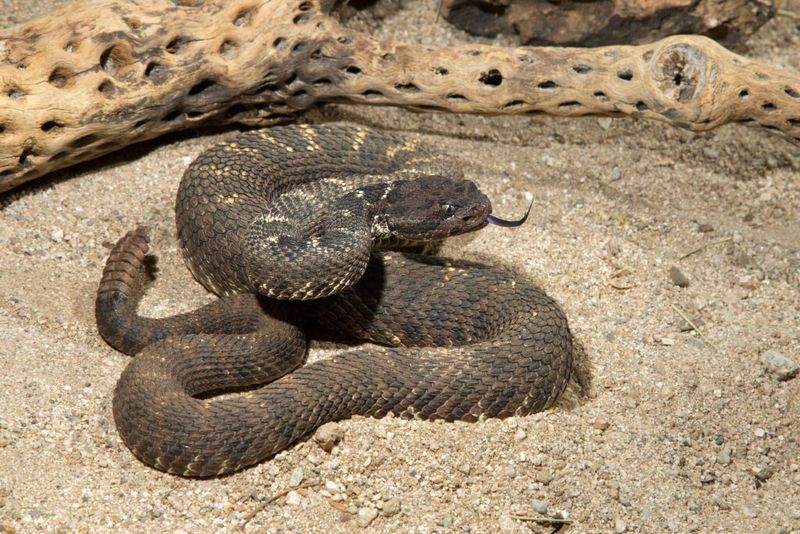
Contrary to popular belief, rattlesnakes aren’t aggressive monsters waiting to attack. They view humans as potential predators, not prey, and would rather retreat than confront.
Most bites occur when people accidentally step on them or deliberately harass them. Given the choice, these serpents will always choose escape over confrontation, using their venom only as a last resort for self-defense.
2. Their Rattles Are A Warning, Not A Threat
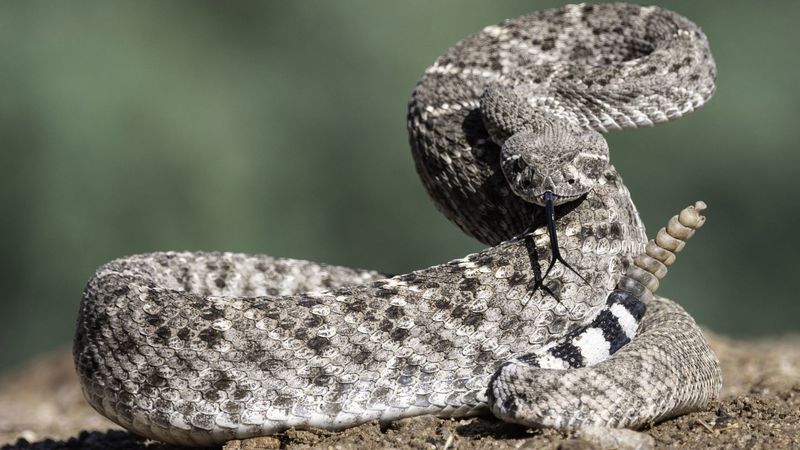
Rattlesnakes evolved their iconic tail feature as nature’s perfect alarm system. The hollow segments create that distinctive buzzing sound when the tail muscles contract rapidly.
This warning mechanism benefits both snake and human. Rather than attacking silently, rattlesnakes announce their presence, giving everyone a chance to avoid confrontation. This remarkable adaptation helps prevent dangerous encounters before they happen.
3. Masters Of Desert Camouflage
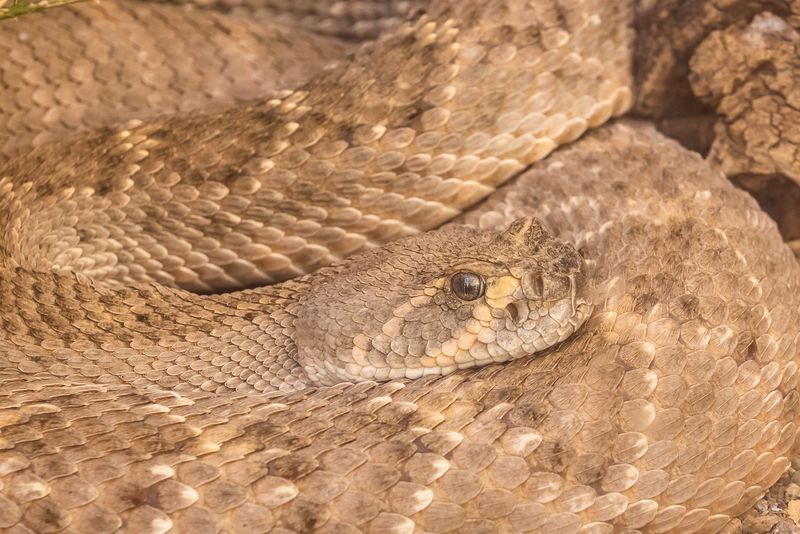
Evolution has gifted rattlesnakes with exceptional camouflage abilities. Their patterns and coloration perfectly match their natural surroundings, making them nearly invisible when motionless.
Hikers often pass within feet of these well-disguised reptiles without noticing. This remarkable camouflage serves dual purposes – helping them ambush prey and avoid detection by predators like hawks, coyotes, and humans.
4. Natural Rodent Controllers
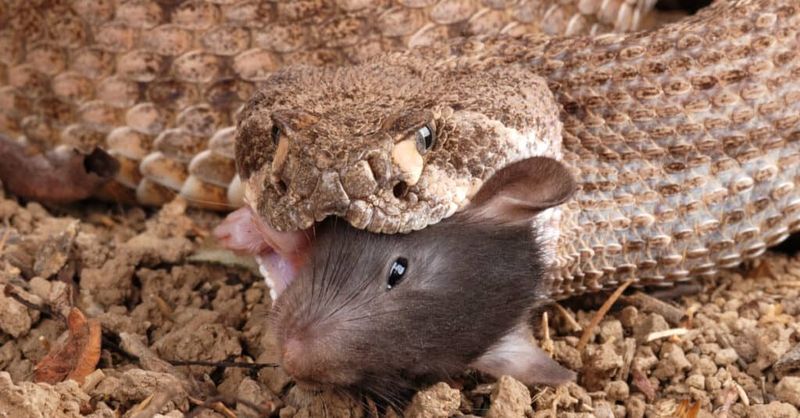
Farmers should appreciate rattlesnakes as free pest management. A single rattlesnake can consume dozens of rodents annually, protecting crops and reducing disease spread.
Without these efficient predators, rodent populations would explode, causing agricultural damage and increasing human exposure to diseases. Their hunting prowess makes rattlesnakes valuable allies in maintaining balanced ecosystems and protecting human food supplies.
5. Born Ready For Survival
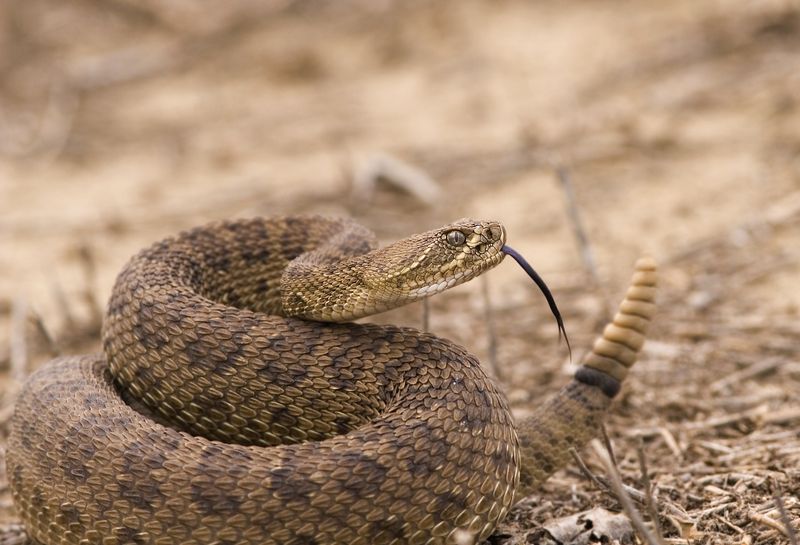
Baby rattlesnakes enter the world fully equipped for independence. Unlike many reptiles, rattlers give birth to live young rather than laying eggs.
These miniature versions of adults emerge with functional venom glands, fangs, and hunting instincts. Interestingly, young rattlesnakes can be more dangerous than adults because they haven’t yet learned to control their venom release, often delivering a full dose when striking.
6. Thermal Vision Hunters
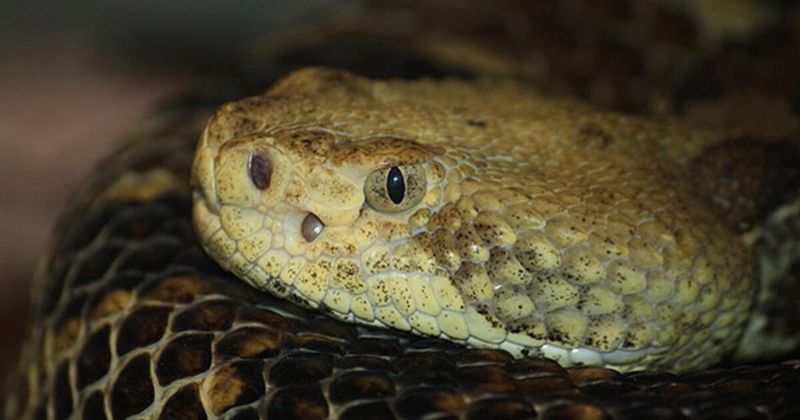
Rattlesnakes possess a superpower humans can only replicate with expensive technology. Special heat-sensing pits between their eyes and nostrils detect infrared radiation from warm-blooded animals.
This remarkable adaptation allows them to hunt in complete darkness, sensing mice and rabbits from over a foot away. Combined with their exceptional sense of smell, these thermal detectors make rattlesnakes extraordinarily efficient nocturnal hunters.
7. Silent Defenders Exist
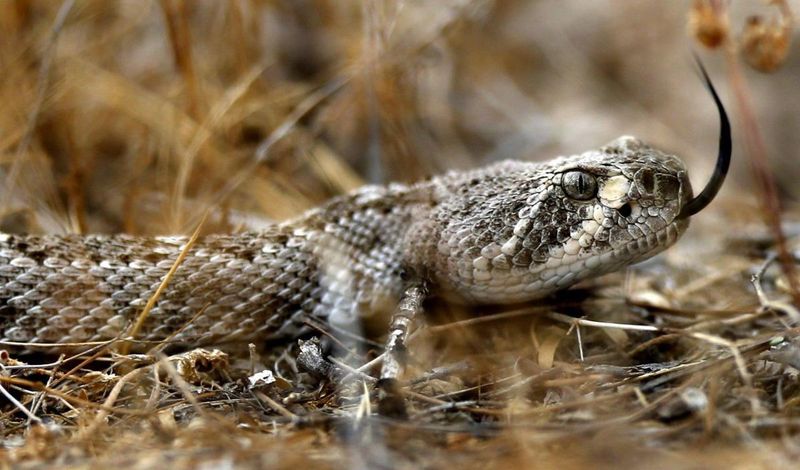
Some rattlesnakes have evolved to be silent in response to human persecution. In areas where loud rattlers are killed more frequently, natural selection favors those that rattle less or not at all.
Scientists have documented this concerning trend in multiple regions. Additionally, rattlesnakes can lose rattle segments through injury or shedding complications, creating individuals that physically cannot produce the warning sound we associate with their kind.
8. Flight Over Fight Every Time
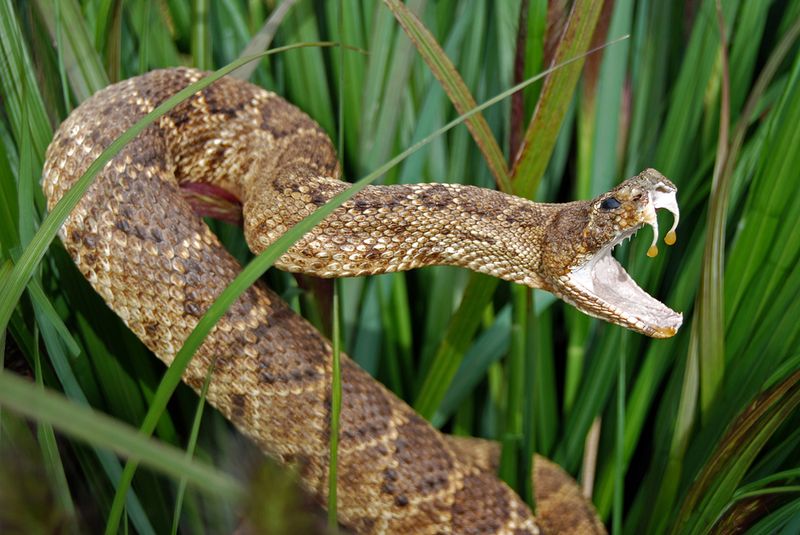
Hollywood has perpetuated the myth of aggressive, pursuing rattlesnakes, but reality tells a different story. These reptiles lack the stamina and motivation to chase humans.
When encountering people, their first instinct is escape. What might appear as “chasing” is usually just a snake trying to reach shelter that happens to be behind you. Their defensive strikes reach only about half their body length, making unprovoked attacks virtually impossible.
9. Venom As Medicine
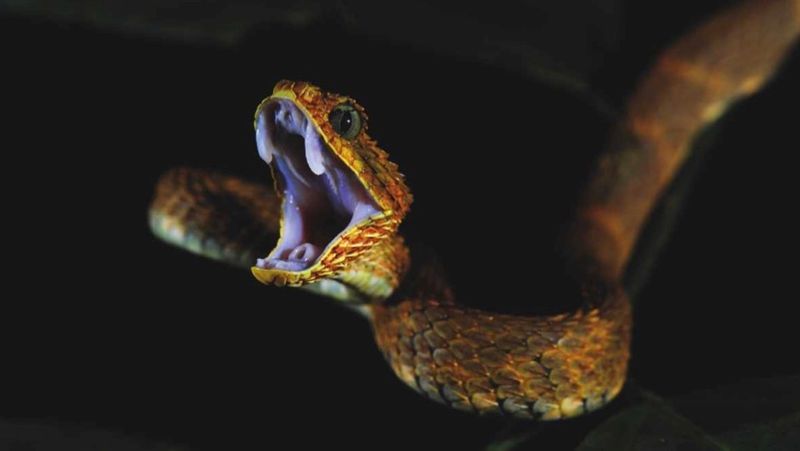
Scientists have discovered remarkable medical applications in rattlesnake venom. Compounds isolated from these complex toxins now treat heart attacks, strokes, and blood disorders.
The drug Integrilin, derived from pygmy rattlesnake venom, prevents dangerous blood clots during heart procedures. Researchers continue exploring these venoms for potential cancer treatments and pain management solutions. What once inspired only fear now offers hope for treating serious medical conditions.
10. Winter Cuddle Buddies
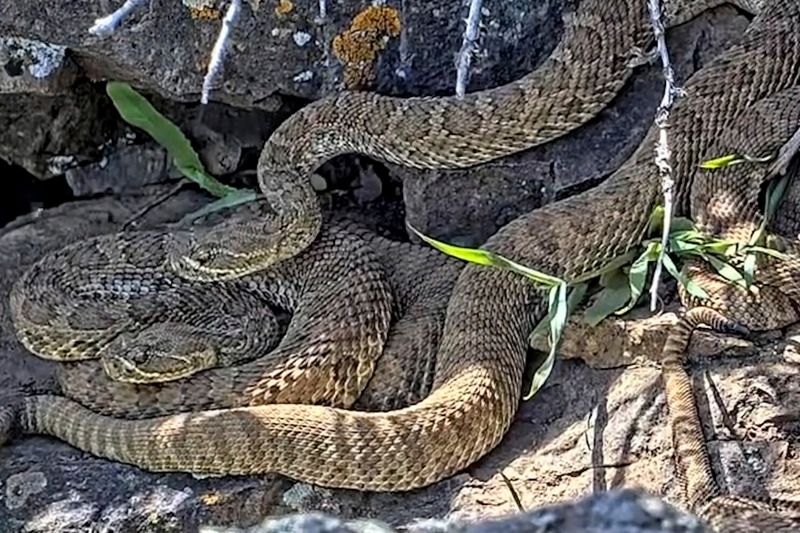
During colder months, rattlesnakes reveal a surprisingly social side. These normally solitary hunters gather by the dozens or even hundreds in communal dens to survive winter.
These hibernation spots, often rocky crevices with southern exposure, protect the cold-blooded reptiles from freezing temperatures. Snakes may travel several miles to return to the same ancestral den year after year, creating generations-old rattlesnake communities that defy their loner reputations.
11. Habitat Diversity Champions
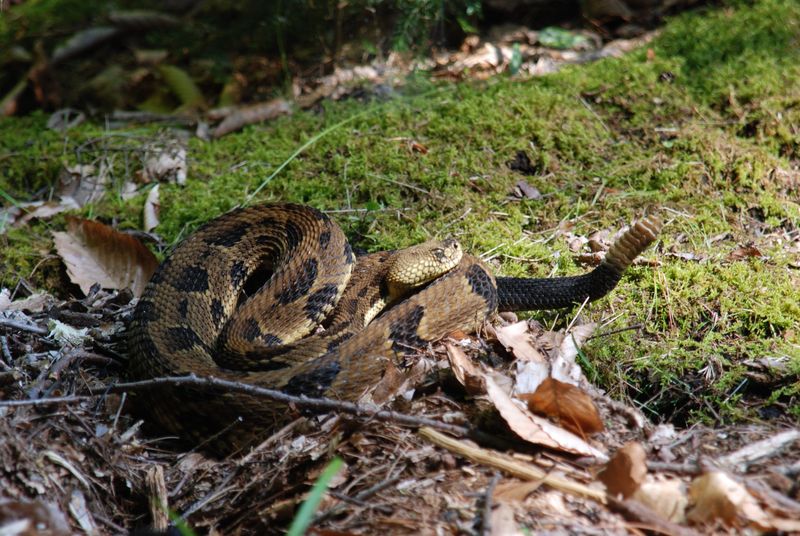
Far from being desert-only dwellers, rattlesnakes have conquered diverse environments across the Americas. Different species thrive in marshlands, mountains, forests, and grasslands from Canada to Argentina.
The timber rattlesnake lives in eastern woodlands, while massasaugas inhabit wetlands. Some species even swim effectively, crossing rivers and lakes. This remarkable adaptability has helped rattlesnakes survive in environments ranging from sea level to elevations over 11,000 feet.
12. Respectful Distance Keepers
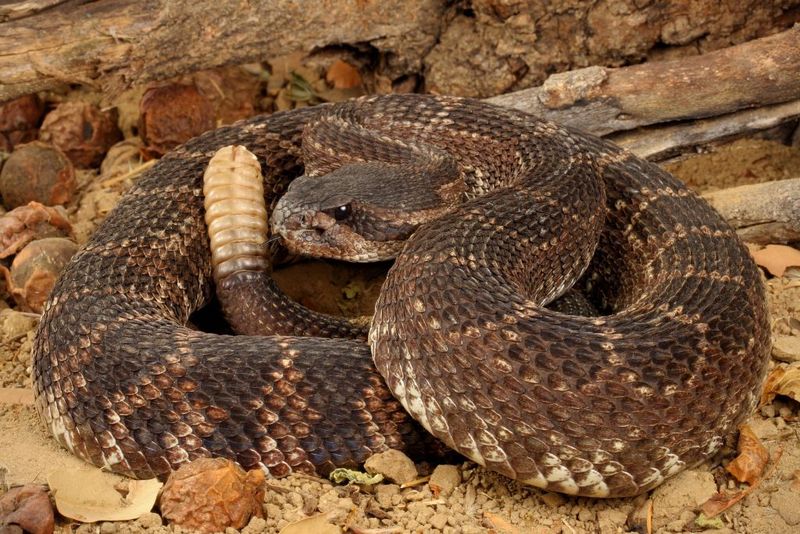
Rattlesnakes experience fear just like humans do. Their brains process danger signals that trigger defensive behaviors when they feel threatened by larger animals.
Most bites occur because humans didn’t notice the snake or deliberately approached it. Simply remaining alert on trails and stepping carefully around rocks and logs prevents most encounters. When given space and respect, rattlesnakes pose minimal danger to humans enjoying the outdoors.

